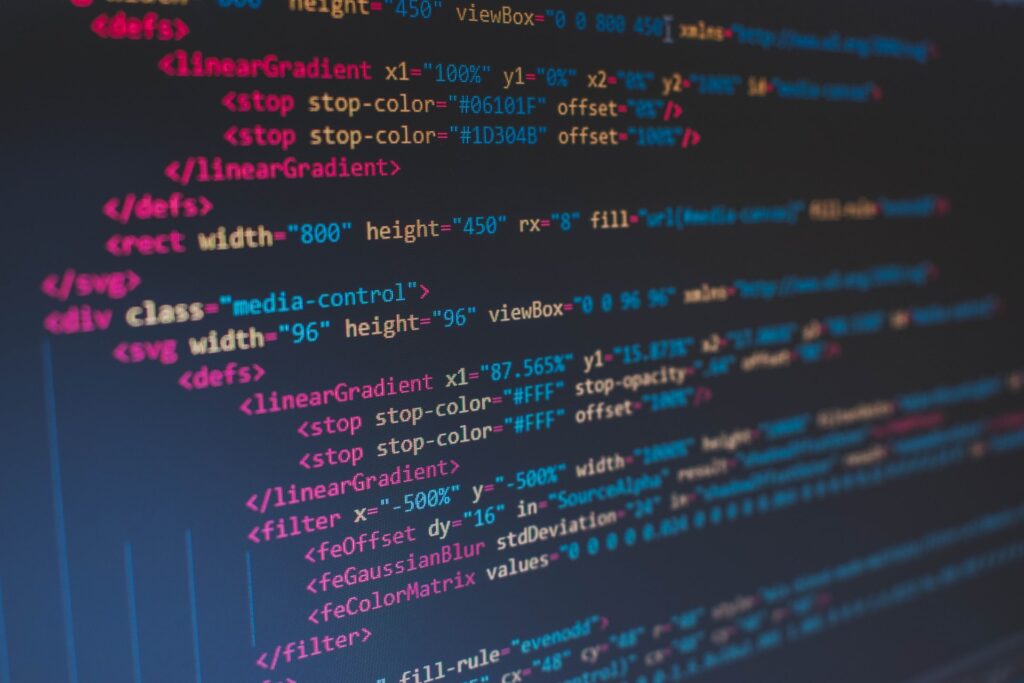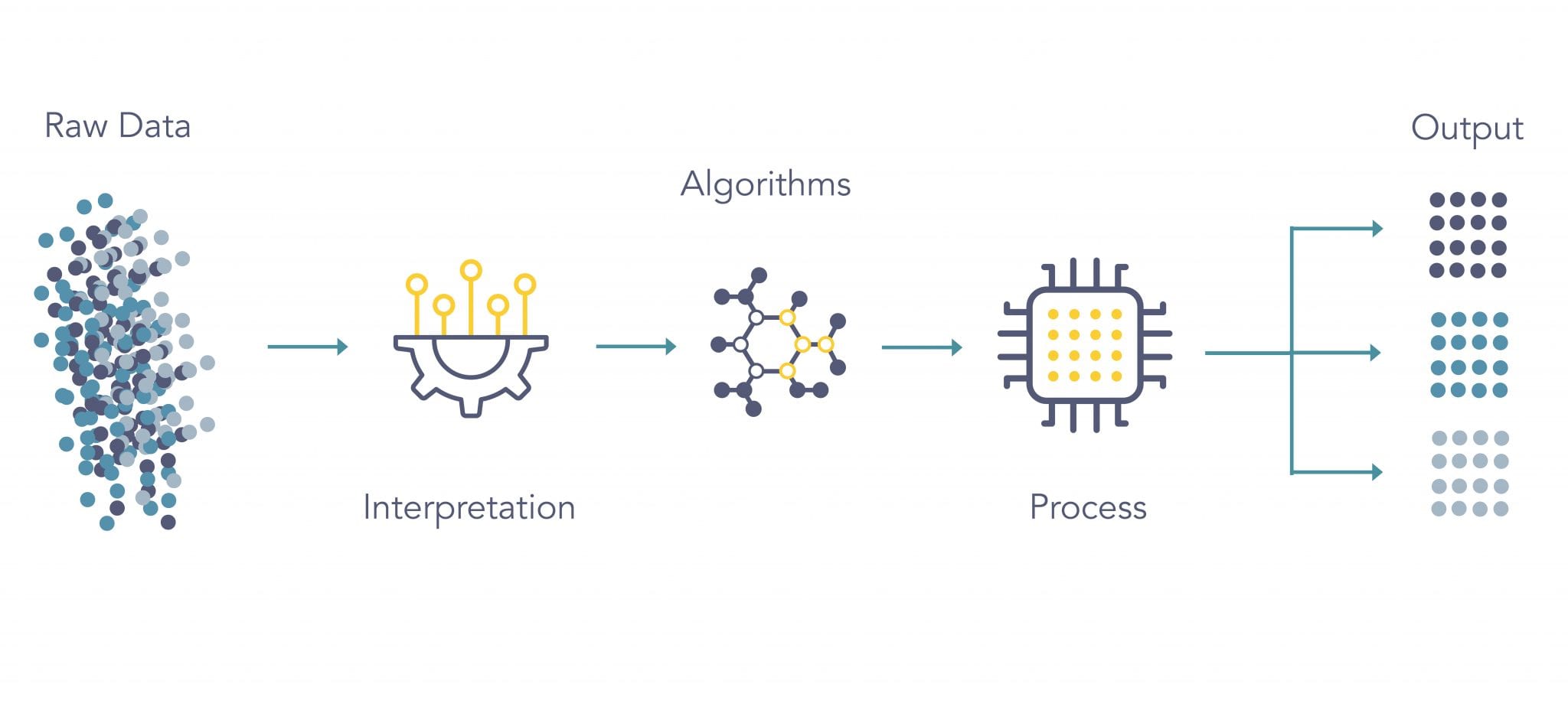
Fast.ai, a non-profit research organization, was established in 2016 with the aim of making artificial intelligence and deeplearning accessible to all. Jeremy Howard and Rachel Thomas are the co-founders and leaders of fast.ai. They want to make it easier for people to build machines that improve their lives and help them make better decisions. They have created a quick start guide as well as a guide for getting started to help you get started. You can also learn more about hackability and configuration.
Quick start
The LUMINAR AI QUICK START GUIDE is a complete data analytics and AI solution that helps you get immediate results from machine learning algorithms. It is available online as well as in a PDF. This guide was created to make the process of creating and deploying AI models easier and allow business users the opportunity to reap the benefits of these algorithms. This guide is an excellent resource for both novice and advanced users.

Getting started
To get started you can use Jupyter notes provided by fastai on GitHub. These notebooks can easily be copied anywhere that you have the Jupyter program. First, create fastai folder and then enter your path to the fastbook. To build a fastAI, you can use this code. This process will take only a few seconds.
Hackability
Although AI is rapidly becoming a mainstream technology, many organizations do not invest in security. Afflictive defense is a part of an AI security strategy that fewer organizations have. Adversary defense prevents multiple entry points for attackers and protects AI systems. Organizations embracing AI development often have many teams developing solutions, so they are not able to govern them. However, there are some emerging approaches that can help companies protect their AI solutions.
Configurability
Fastai promotes modularity, flexibility and adaptability in its deep learning approach. It is written in Python, which can be dynamically strong typed. Other math-related packages can also be easily integrated because fastai is modular. It doesn't require complex structures so users can choose from different types of objects. Fastai can be used for many different purposes. This article will discuss some of the most important features of fastai.
Datasets
In the deep-learning community, a common question is how to get started working with fastAI and datasets. Datasets, which are collections of images such as video that have been curated for specific purposes, are collections of images. These datasets can also be used for deep learning and machine-learning. They can also be combined with convenience functions to make them easier to use. Fastai doesn't just offer datasets.

Multi-label classification tasks
An example of a multi-label classification problem that is common is the Amazon dataset. This dataset consists of satellite images of the Amazon rainforest. This dataset has many labels. The large number of possible combinations means that a multi-label classification task requires a system which maps one specific symbol to one of several characters. In order to classify an image, the machine needs to be able label it and identify the type.
FAQ
What do you think AI will do for your job?
AI will eliminate certain jobs. This includes drivers of trucks, taxi drivers, cashiers and fast food workers.
AI will lead to new job opportunities. This includes business analysts, project managers as well product designers and marketing specialists.
AI will make current jobs easier. This includes jobs like accountants, lawyers, doctors, teachers, nurses, and engineers.
AI will improve the efficiency of existing jobs. This includes jobs like salespeople, customer support representatives, and call center, agents.
What is the role of AI?
An artificial neural network is composed of simple processors known as neurons. Each neuron receives inputs form other neurons and uses mathematical operations to interpret them.
Layers are how neurons are organized. Each layer has a unique function. The raw data is received by the first layer. This includes sounds, images, and other information. These data are passed to the next layer. The next layer then processes them further. Finally, the last layer produces an output.
Each neuron has its own weighting value. This value is multiplied each time new input arrives to add it to the weighted total of all previous values. If the result exceeds zero, the neuron will activate. It sends a signal to the next neuron telling them what to do.
This process repeats until the end of the network, where the final results are produced.
Is AI the only technology that is capable of competing with it?
Yes, but this is still not the case. Many technologies have been created to solve particular problems. But none of them are as fast or accurate as AI.
How does AI impact the workplace?
It will transform the way that we work. We will be able automate repetitive jobs, allowing employees to focus on higher-value tasks.
It will improve customer services and enable businesses to deliver better products.
It will help us predict future trends and potential opportunities.
It will enable organizations to have a competitive advantage over other companies.
Companies that fail AI adoption will be left behind.
How does AI work?
Basic computing principles are necessary to understand how AI works.
Computers keep information in memory. They process information based on programs written in code. The code tells the computer what to do next.
An algorithm is a set or instructions that tells the computer how to accomplish a task. These algorithms are usually written as code.
An algorithm could be described as a recipe. A recipe might contain ingredients and steps. Each step represents a different instruction. One instruction may say "Add water to the pot", while another might say "Heat the pot until it boils."
Statistics
- In the first half of 2017, the company discovered and banned 300,000 terrorist-linked accounts, 95 percent of which were found by non-human, artificially intelligent machines. (builtin.com)
- The company's AI team trained an image recognition model to 85 percent accuracy using billions of public Instagram photos tagged with hashtags. (builtin.com)
- A 2021 Pew Research survey revealed that 37 percent of respondents who are more concerned than excited about AI had concerns including job loss, privacy, and AI's potential to “surpass human skills.” (builtin.com)
- More than 70 percent of users claim they book trips on their phones, review travel tips, and research local landmarks and restaurants. (builtin.com)
- Additionally, keeping in mind the current crisis, the AI is designed in a manner where it reduces the carbon footprint by 20-40%. (analyticsinsight.net)
External Links
How To
How to set Cortana for daily briefing
Cortana, a digital assistant for Windows 10, is available. It helps users quickly find information, get answers and complete tasks across all their devices.
The goal of setting up a daily briefing is to make your personal life easier by providing you with useful information at any given moment. The information should include news, weather forecasts, sports scores, stock prices, traffic reports, reminders, etc. You have the option to choose which information you wish to receive and how frequently.
Win + I is the key to Cortana. Select "Cortana" and press Win + I. Click on "Settings" and select "Daily Briefings". Scroll down until you can see the option of enabling or disabling the daily briefing feature.
Here's how you can customize the daily briefing feature if you have enabled it.
1. Open the Cortana app.
2. Scroll down to the section "My Day".
3. Click the arrow near "Customize My Day."
4. Choose which type of information you want to receive each day.
5. Modify the frequency at which updates are made.
6. Add or remove items from the list.
7. You can save the changes.
8. Close the app.